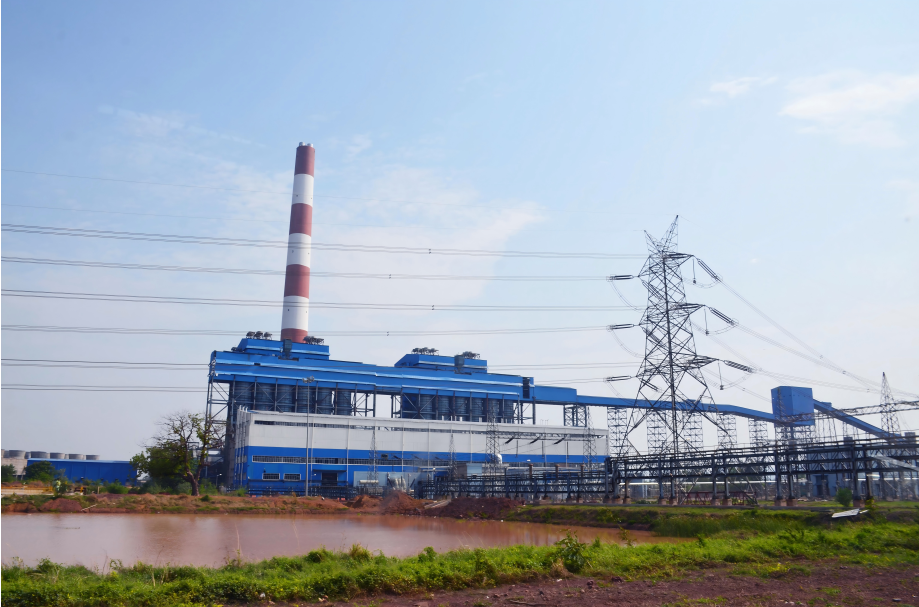
+86 18660102967 +86 18615518078
info@runh.com
South African electricity generation is controlled by the coal-fired power plants, which produce over 80% of the electricity. The power plants are the largest producers of air pollution and greenhouse gases. With increasing foreign pressure to lower carbon emissions and stringent environmental conservation, South African power stations' control of emissions in coal-fired power plants is a concern of great magnitude. South African makeovers of coal-fired plants are also maintaining older plants to respond to the environmental needs.
Literature is available on the market position of the South African electricity sector powered by coal-fired, abatement technology, retrofitting technology, policy, and economic incentives.
South Africa has one of the most coal-heavy grids in the world, 15 massive state-owned coal-fired power plants. They're nearly as old as the nation itself and already well beyond their intended lifespan. The nation's biggest Kendal Power Station, for instance, has been producing electricity since the 1980s.
With the ageing power stations, they power stations are old, more likely to fail, and emit a lot of gases. Eskom's annual report for 2022 shows the country's coal fleet energy availability factor (EAF) was below 60%, but triggered the load-shedding crisis. South Africa is also among the world's top 15 carbon-producing countries, and it is mostly done through the use of coal.

Environmental impacts are limited by reducing emissions from South African coal power plants. The prime technologies are:
FGD technology is used to strip sulfur dioxide from flue gas. Although widespread throughout the industrialized world, FGD gear has been installed at comparatively few South African power stations, e.g., Kusile, because it is very expensive to install in the first instance.
These trap particulate matter (PM) before it is released into the atmosphere. Eskom has installed state-of-the-art HEPA filtration technology on some of its power plants, reducing PM emissions by as much as 99%.
Nitrogen oxides (NOx) are the causes of smog and respiratory disease. Low-NOx burners and SCR technology are applied to reduce emissions in modern coal-fired power plants. The technologies have already been installed on South Africa's Medupi Power Station.
Infancy will also help South Africa lead the way towards achieving its Paris Agreement Nationally Determined Contributions (NDCs). Piloting has been proposed, but it is not affordable.
As expensive as it is to develop new plants, South African coal-fired power plant retrofitting is a second-best scenario. Retrofits can achieve efficiency gains, emission reductions, and life extension. The most important methods include:
Replace old machinery with newer, more efficient machinery to raise plant capacity by 5-10%. Some of the Komati Power Station is being refurbished before retirement as part of being transformation into a renewable energy power plant.
The demonstration has been carried out utilizing co-firing with solar thermal power or biomass as a mechanism for replacing coal use. Pilot co-firing with biomass is ongoing in the Lethabo Power Plant.
Maintenance is possible through the use of artificial intelligence to optimize the plants to their maximum capacity. Eskom has also teamed up with technology players to implement digital technologies in some of its plants.
Aside from the technology advancement, among some of the disadvantages in South African retrofitting and greenhouse gas emission reduction in coal-fired power generation are:
Eskom commitments will be over $23 billion, and therefore, money for refurbishing the plants is not available. Retrofitting a plant costs hundreds of millions of dollars, and FGD equipment needs enormous amounts of capital.
South Africa can phase out 12 GW of coal capacity by 2030 on target. But procrastination in pursuing renewable energy forces a freeze on coal. The Just Energy Transition Partnership (JETP) is an $8.5 billion facility to facilitate transition, but delayed in taking action.
Over 90,000 individuals are working in the coal industry and the coal-fired power plants. Layoffs due to plant shutdown or retrofitting are unavoidable and hence are being fought by the unions and the public.
Coal-fired power plants remain very much at the heart of South African energy security but increasingly in economic and environmental conflict. The incorporation of new, best-practice emissions-reducing technologies into South African coal-fired power plants and attention to the upgrading of South Africa's coal-fired power plants can maintain energy demands and sustainable development in balance. Finance imbalances, policy fragmentation, and social concerns, however, make it more complicated.
In the years ahead, emission cut, phased-down coal, and deployment of new renewables will be the hallmark of South African future energy.
+86 18660102967 +86 18615518078
Block C,Yinfeng Fortune Plaza, No.1 Long'ao West Road, Lixia District, Jinan, China.
Copyright © Runh Power 2025 All rights reserved